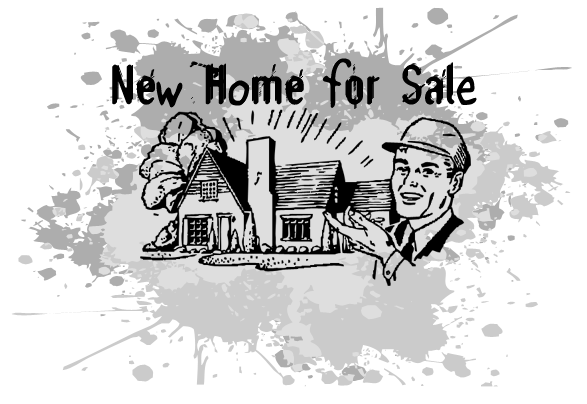In recent years large wildfires have plagued Southern California’s landscape. The most notable set of fires was in October of 2003, in which multiple fires scorched an area the size of small eastern states. In San Diego County alone, over 280,000 acres were burned before it was contained. Like hurricanes along the Atlantic and Gulf Coast, such fires have become a ‘seasonal’ disaster with heavy media coverage. At the same time, the media has included stories covering the successful use of shelter-in-place (SIP) practices, which are pre-emptive measures that protect homes from fire. This combination of increased fire and stories of successful uses of SIP, has made such measures more and more popular amongst different parties, including developers, government agencies, and homeowners (Cova and Johnson 2002; Dicus and Scott 2006).
This paper seeks to situate SIP within a social and historical context rather than focus on its successes and failures. Rather, it is my intent to open up a discussion of the historical and contemporary ways in which ‘safety’ are used to legitimize a particular type of urbanism – one that development driven and whose marketing if fear based. This analysis has two major threads running through it. The first is the issue of legitimization. Architecture and homes (as with all cultural products) are socially produced, as such their production (like all social activities) need to be legitimized (Becker 1984; Wolff 1993). The second issue, which runs through this paper, is the way in which this legitimization is tied to the production of space, which includes the natural and built environments (Heynen, Kaika, and Swyngedouw 2006; Lefebvre 1991). Therefore, this legitimization is not merely about defense. Rather the idea of ‘defense’ is a means towards the end of selling products. While such an instrumental logic by developers works as a business model, I want to criticize the premises and implications behind SIP’s usage.
Roundtable Presentation @ American Sociological Association in San Francisco, CA


